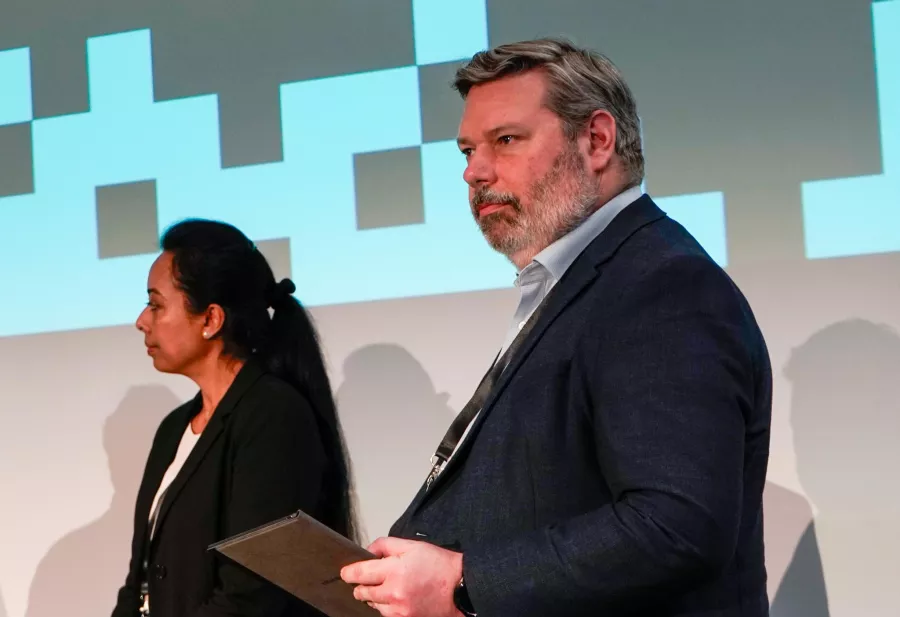RAN Intelligent Controller (RIC) Is Building Real Innovation Within Open RAN
How the RAN Intelligent Controller (RIC) is going to be the backbone of building real innovation within Open RAN and what the current as well as future applications of RIC are was the topic Shamik Mishra (Capgemini Engineering), Soma Sarkar f(Nokia), Timo Jokiaho (Red Hat), and moderator David Hutton (Telecom Infra Project / TIP) discussed at this year’s i14y Lab summit.
What is the real maturity of the interface specifications with RIC? What will it take to get more people involved with the overall innovation of RIC? Are there even standards yet? These are questions debated in the Open RAN community and which were addressed during the panel discussion.
The discussion amongst these industry professionals suggests that the latest version of the RIC specifications, version 3, is fairly mature - but when it comes to the RIC APIs, those are still evolving. Nokia representative Soma Sarkar noted that there is a:





